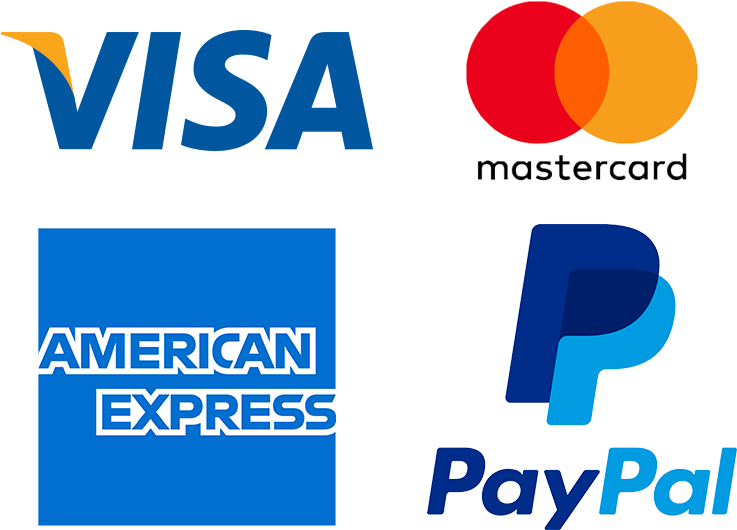The provider of choice shifted to freight because the highway system has continuously grown to provide connection between multiple states. The American government decided to invest in the interstate system by passing the Federal Aid Highway Act of 1956 which created a nationwide interstate Highway system. Highways provides access to rural, urban and city areas where train lines due to geographical location are not present. Due to investment in road infrastructure, advances in technology of the freight industry and high demands for perishable goods it is more cost efficient to use freight. The railroad system has a total 137,000 miles (Rail Reserve, 2014). In 2020, the highway network in the United States had a total length of around 4.17 million statute miles (Statista, 2020). Using motor freights delivers goods and supplies faster than rail, it also reduces transportation cost which are normally incurred when the final destination for supplies is not near the railroad. Using motor freight transportation is a better business model than rail because it produces more profits for transportation companies.
I think they are four reasons for increased accidents. Firstly, the number of commercial and private vehicles on our roads continue to increase annually. More vehicles increase the accident risk probability which equals more accidents. Since 1951 there has been at least four million new vehicles on our highways annually (Statista, 2022). Secondly, our highway infrastructure is inadequate to support the volume of vehicle traffic. Congestion is high especially in urban areas and cities. The quality of our highway infrastructure ranked 13th in the world (global Competitiveness Report, 2019). Potholes and overall poor road conditions increases the accident rate. Thirdly, the regulation for commercial transportation is laxed at best. Drivers circumvent the system and drive extended hours without proper rest cycle. The maintenance on commercial trucks is not standardized, companies and owners cut corners in order to save money. Preventative Maintenance checks and services should be standard for all commercial vehicles. Finally, technology has created a dependency on our cell phones. This dependency has led to both commercial drivers and private vehicle operators multitasking while driving which has increased the vehicle accident rate. Estimates indicate that drivers using cell phones look but fail to see up to 50 percent of the information in their driving environment.

